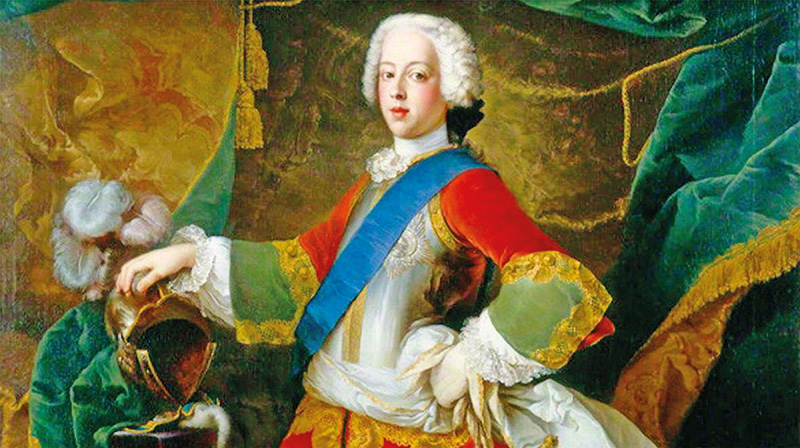Britain’s most popular Christmas carol Adeste Fideles is a secret Jacobite ode to the birth of Bonnie Prince Charlie, an expert claims.
Bennett Zon, a music professor at Durham University says Adeste Fideles (O Come All Ye Faithful) is a Jacobite “protest song” where religious lyrics mask politics.
Writing in this week’s Tablet, Zon said that Jacobites who longed to see a Catholic Stuart monarch on England’s throne would often use “religious imagery to signal something Jacobite.”
Where the carol speaks of Christ, Zon argues this refers to Bonnie Prince Charlie, while Bethlehem is code for England, and “glory” refers to the restoration of the Stuart monarchy.
Zon observes that the tune of Adeste Fideles can be traced to a French pantomime from the 1740s, satirising Bonnie Prince Charlie. In the 1750s, the same tune appeared in the manuscripts of John Francis Wade (1711/12 – 1786), known as the “father of the English plainchant revival”.
In the 1730s, while at the Dominican College in Bornhem, Flanders, Wade began to transcribe plainchant. His manuscripts frequently place Jacobite floral imagery including the Stuart rose just above Christmas plainchant.
The Evening-Office, published by Wade in 1773 features a portrait of Bonnie Prince Charlie next to a psalm.
Zon told The Tablet: “In an article written in 1947, Dom John Stéphan O.S.B. of Buckfast Abbey mentions there is evidence of Jacobitism in Wade’s manuscripts. He refers to a Wade manuscript containing a prayer for King James, the Old Pretender.”
Zon added that James’s son, Bonnie Prince Charlie was born on December 31 1720.
“His birth around Christmas was noted by Jacobites. There is a long tradition in Jacobite poetry of birth odes to Bonnie Prince Charlie. So the religious imagery of the Christ Child correlated with the imagery of the birth of Bonnie Prince Charlie. That was captured in the text of Adeste Fideles to perfection.”
Zon said his analysis of the carol was “partially influenced” by picture text theory, which explores the correlation between images and texts, akin to image in a poster and its wording.
In 2022, Adeste Fideles topped a poll of Britain’s favourite Christmas carols.
Read the full feature by Bennett Zon in The Tablet’s Christmas double issue.



 Loading ...
Loading ...